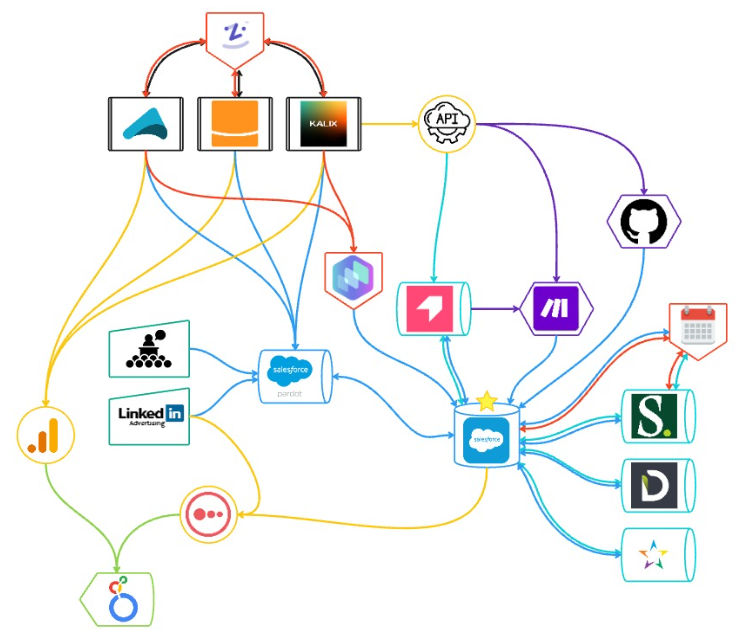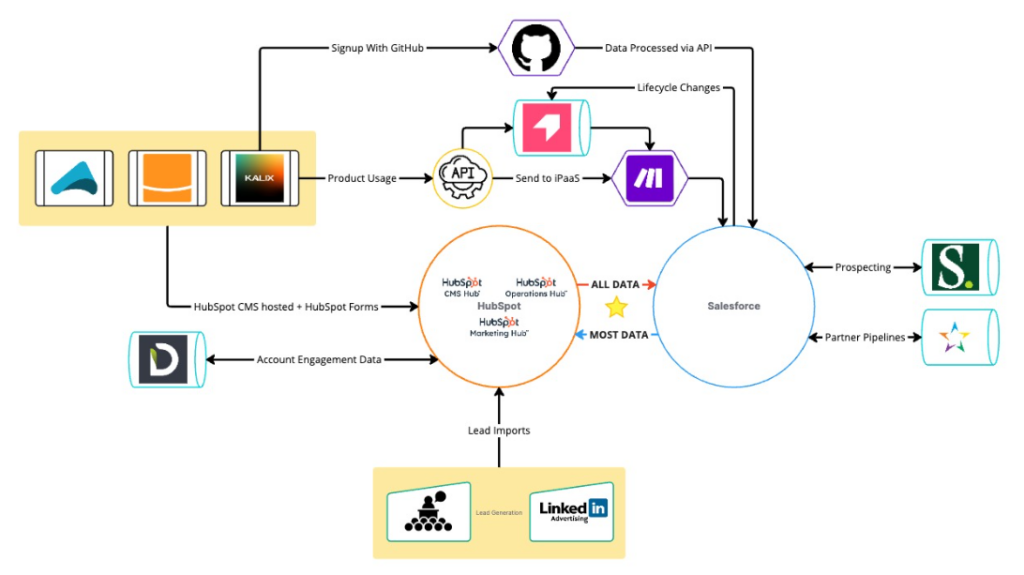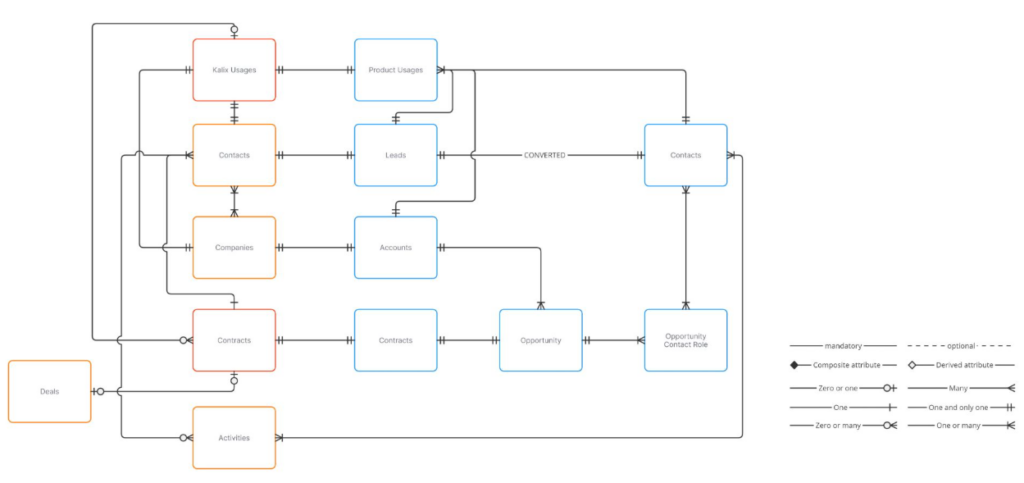Lightbend (who recently changed their name to Akka) develops a platform to build and run apps that are elastic, agile, and resilient. Industry titans and disruptors rely on their platform when application responsiveness must be guaranteed.
Lightbend used Salesforce for their CRM and Pardot for marketing automation in addition to several other platforms (including their own product) as part of their MarTech stack.
The Challenge
The Lightbend team had several challenges before migrating to HubSpot, including:
- Their marketing team needed the ability to quickly and efficiently set up new landing pages and emails without pulling in dev resources.
- They wanted the ability to score contacts based on use of their product as well as engagement with their marketing web and social properties.
- Internal teams were missing visibility into their prospect engagement data.
In addition, there were specific challenges associated with the migration they needed to overcome, including:
- The process to indicate that a record was a customer, and grant permission to their SaaS product portal was controlled by Salesforce Opportunity Contact Roles, and was not to be modified by any integration or user other than the assigned Sales rep.
- Lightbend wanted to retain the same visibility into prospect marketing activity that was present while using Pardot + Salesforce, without the Sales team needing to leave Salesforce.
- Lightbend had concerns around any possibility of their existing integrations between product API and CRM being disrupted, and by consequence the related marketing programs.
- The current database had over 120,000 contacts with marginal data integrity.
- The contract with Pardot was coming to an end in less than 3 months.
Our Solution
The VSSL team started with a thorough Discovery phase which included sessions with the Lightbend team to solidify goals as well as document their current environment. Based on the initial discovery, VSSL crafted an onboarding, migration, and integration plan which included completely replacing their Pardot/Marketing Account Engagement solution with the HubSpot platform.

VSSL developed an 8 week plan that included the following key tasks:
- Foundational Configuration – The first week was spent getting the foundational items set up, the subdomains and DNS, branding, website tracking, user accounts, GDPR settings and that sort of thing.
- Design Tech Stack Integration and Establish Data Model – The second week we dug into the integrations and data model, rearchitecting the integration approach and creating the data model. This served as our roadmap for the following weeks of the project. designing the integration design data and model. As part of the data model we inventoried all the custom properties associated with each object to ensure a thorough migration.


- Create Custom Objects and Properties – Next we created all the custom properties in HubSpot and aligned all the values in the dropdown fields with their Salesforce equivalents to ensure no errors would occur.
- Integrations – In week 4 we focused on configuring and testing multiple integrations.
- Data Import and Segmentation – We imported data via the sync from Salesforce. We had thoroughly tested the integration the previous week, but with the large number of records there were edge cases that needed to be researched and resolved once the full sync was enabled. We also built multiple lists and reports to help segment data to make it more useful for the marketing team.
- Landing Pages, Forms, Campaigns and Helper Workflows – The next 2 weeks were spent setting up landing pages, forms, campaigns and the workflows necessary to track lead sources, score leads, timestamp engagements, route leads and other tasks.
- Cutover – Week 8 we were ready to cut over to HubSpot and retire the Pardot Engagement Studio. This happened early in the week leaving time to text and QA all the redirects and integrations.
Results
We completed the migration and integration on time and on budget. The planning and preparation that went into this project was a key factor in the success. The migration of over 120,000 contact records and the integration of 6 external platforms was a large undertaking that required a thoughtful approach and attention to detail.
The marketing team was able to quickly get up to speed with their new marketing automation platform, creating new emails, nurture campaigns and landing pages within the first week. The concerns about visibility into prospect engagement were quickly put to rest by adding the HubSpot embed code on their Salesforce Contact object page layout.
The marketing team was also very happy with the implementation and our approach, leaving us great feedback in our NPS survey:

Impact
The impact to the marketing team and business processes were significant and immediate. Lightbend saw the following improvements:
- Improved User Experience – The Lightbend marketing team was thrilled with the user experience of the HubSpot platform.
- Increased Productivity – The team was able to easily create new landing pages and emails that previously would require support from their dev team. This was a game changer that allowed the team to do more in less time.
- Improved Engagement – The team saw an increase in prospect engagement as they were able to create more personalized nurture campaigns.
- Comprehensive Documentation – The team benefited from the thorough documentation that was created as part of the project.
Lightbend is ready to accelerate their marketing and help people solve their hard problems with distributed systems architecture…and VSSL is ready to help with whatever else they need.
